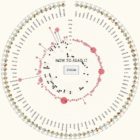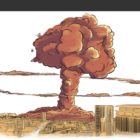Tools & Techniques
Tips for Investigating Algorithm Harm — and Avoiding AI Hype
|
In a panel discussion at the IRE23 Conference, experts shared tips on how reporters can identify and investigate algorithmic harm and AI bias, and hold the human masters of these systems accountable.









